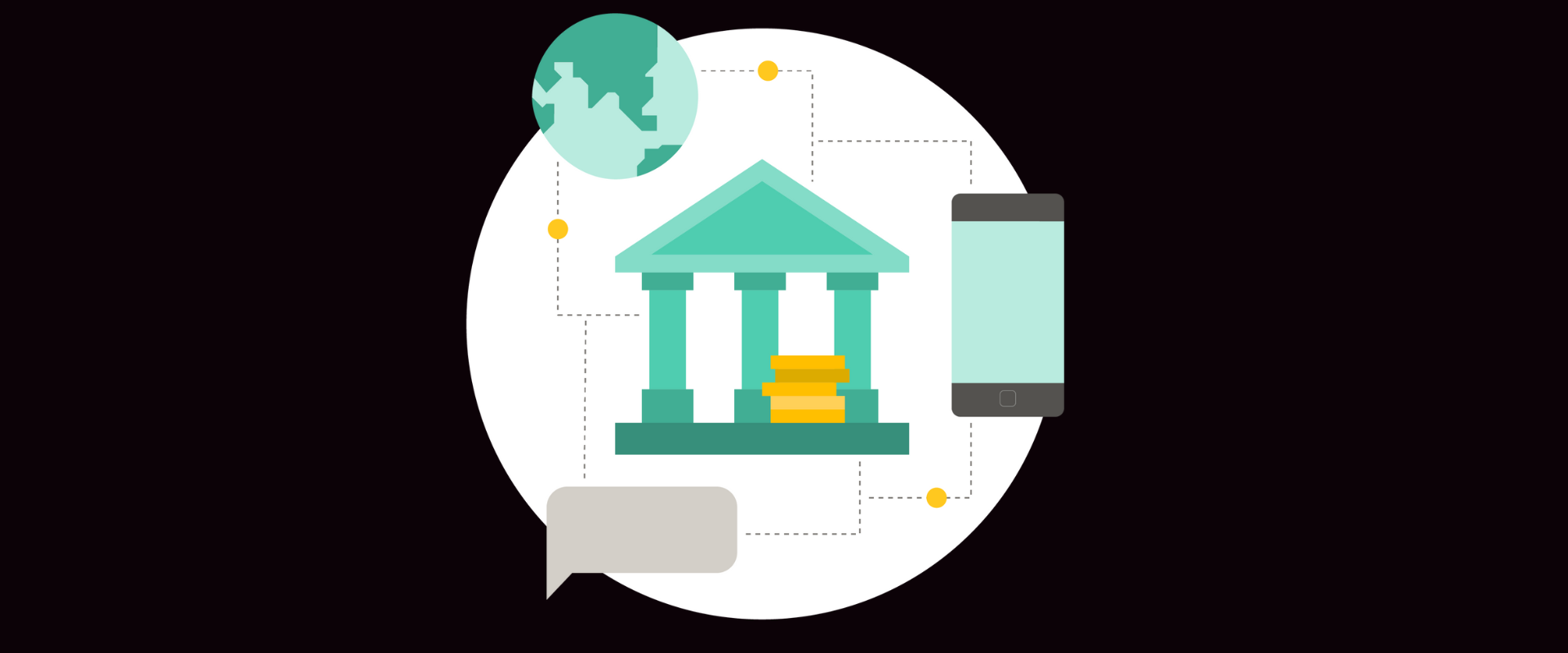Your guide to understanding CBDCs
February 6, 2025 | By Vicki Hyman
Where does cash come from? Your country’s central bank — like the U.S. Federal Reserve or the Bank of Japan — authorizes the printing of paper bills that make their way to your wallet. Here’s the thing: Fewer people are carrying cash these days, if we even have a physical wallet. We’re paying with cards and digital wallets.
As the world is becoming more digital, central banks are investigating — and in a number of cases already launching or testing — their own digital versions of paper money, called central bank digital currencies, or CBDCs. (One notable exception is the U.S., with President Trump recently issuing an executive order prohibiting the establishment, issuance, circulation and use of a CBDC.)
1. something that is circulated as a medium of exchange; money
In most cases, they are designed to be used the same way as cash, to buy and sell goods and services, and, like cash, they are backed by the central bank. CBDCs have the potential to help expand access to payments and bring more people into the digital economy. Here’s how CBDCs work and what they mean for everyday consumers:
Why are countries increasingly interested in issuing their own digital money?
In a world that is always-on, some central banks are looking to advance and promote digital payments that allow for 24/7 payment processing. Some countries are upgrading their banking infrastructure to allow for real-time payments, but CBDCs are another way to for enable faster transactions during more times of the day.
CBDCs also offer a way to cut down on the inefficiencies of printing and moving money — the cost of managing physical cash can be as much as 1.5% of a country’s GDP. As connectivity increases and smartphones proliferate, CBDCs could also be a way to include more people in the digital economy who are currently shut off from basic financial services.
Are CBDCs like private cryptocurrencies?
CBDCs and the private cryptocurrencies that are often in the news — like Bitcoin and Ether — are both digital currencies with no physical counterparts. But CBDCs are issued by a central bank, with the same guarantees that back a nation’s paper currency — they are equivalent to cash and designed for everyday transactions. Private cryptocurrencies, by comparison, are not backed by a government. The most popular cryptocurrencies are free-floating, meaning their prices are determined by the market. That makes them much more volatile than traditional money. They have been used more as investment vehicles than as an actual currency for everyday commerce, although there is a growing acceptance of crypto among merchants and new options like “crypto cards,” which allow cardholders to convert their crypto into fiat currency at places that accept traditional credit cards.
One private cryptocurrency seeing significant activity is stablecoins, which are designed to have a consistent value. These tokens are much closer to CBDCs than to their free-floating counterparts, although they too lack the formal backing of a central bank. But collapses of prominent stablecoins have shown that not all of these assets are, in fact, "stable," particularly if the stablecoin is not backed on a 1:1 basis by high quality and liquid reserve assets, making them prone to "bank-run" dynamics. To ensure financial sovereignty and stability, some governments see developing their own digital currencies as a necessary project to keep pace with new fintech concepts like stablecoins.
How quickly will CBDCs take off?
About 94% of central banks are engaged in some form of work on CBDCs, according to a 2024 Bank for International Settlements survey. Eleven countries have fully launched a digital currency, and pilots are underway in more than three dozen others, the Atlantic Council reports, while at least two others have canceled work on a CBDC in recent years.
It is important to note that CBDC development efforts across the globe are motivated by different policy goals, such as enhancing financial inclusion, improving the efficiency of domestic payments systems or the role of central bank money in an increasingly digital world. Against this background, the level of commitment and progress relating to these efforts varies significantly across markets, which will have an impact on the question whether and when countries will ultimately launch a CBDC.
In general, widespread rollout is unlikely anytime soon, according to BIS, as there are many technical challenges to overcome, and central banks considering CBDCs may need authorization from their legislative bodies to issue them. Plus, central banks will look to coordinate international policies and standards for CBDCs. Suffice to say, there’s a lot more work to do here.
Will CBDCs replace paper currency?
Conceivably they could, but it’s unlikely. Cash remains a popular means of exchange around the world, especially in developing markets. Even in Europe, often at the forefront of payment innovation, cash was used in 52% of transactions in 2024, according to a recent report by the European Central Bank Most central banks have said they are committed to issuing and distributing physical cash so long as there is demand for it. But just as cards, real-time payments and, more recently, digital wallets have offered people more choices and security, so could CBDCs.
How would paying with a CBDC actually work?
The designs for CBDCs vary, but one made to fit with current payment infrastructure would work a lot like a mobile wallet. A central bank could issue the digital money to financial institutions for distribution, or even directly to your digital wallet — just like direct deposit of a government social benefit or stimulus payment. You could then pay at checkout much the same way you do today with a phone.
This story was originally published July 21, 2021. It is periodically updated to reflect the latest news on CBDCs.
